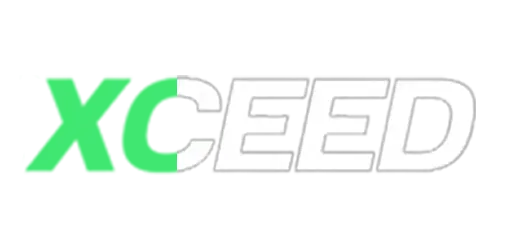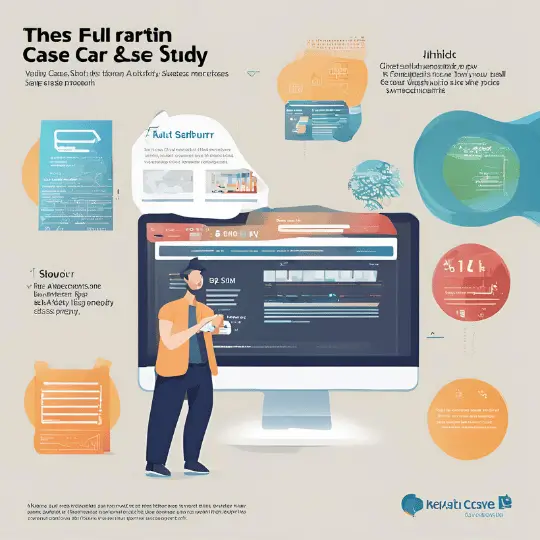Freelance WordPress designing has emerged as a popular career choice in the digital age, offering professionals the opportunity to blend creativity with technical expertise. At its core, WordPress is a versatile and user-friendly platform used by millions of websites globally, ranging from personal blogs to corporate sites. As a freelance WordPress designer, your primary role involves creating visually appealing, functional, and user-friendly websites that meet client specifications.
The role of a WordPress designer extends beyond mere aesthetics. It involves understanding user experience (UX) principles, implementing responsive design techniques, and ensuring seamless functionality across various devices and browsers. Additionally, proficiency in HTML, CSS, and basic PHP can significantly enhance your design capabilities, allowing you to customize themes and plugins to better serve your clients’ needs.
One of the most attractive aspects of freelancing as a WordPress designer is the inherent flexibility it offers. Freelancers have the autonomy to choose their projects, set their schedules, and work from virtually anywhere. This flexibility often results in a better work-life balance and the ability to pursue projects that align with personal interests and strengths. Furthermore, the potential for higher earnings is notable, as freelancers can set their rates and take on multiple projects simultaneously.
The demand for skilled WordPress designers continues to grow, fueled by the increasing number of businesses and individuals seeking to establish an online presence. This demand translates to a plethora of opportunities for freelancers, provided they possess the necessary skills and a robust portfolio. Key skills include a solid understanding of design principles, familiarity with the latest WordPress updates and features, and the ability to communicate effectively with clients to translate their vision into a tangible website.
In conclusion, entering the field of freelance WordPress designing offers numerous benefits, from flexibility and potential higher earnings to the satisfaction of creating impactful digital experiences. By building a strong skill set and staying updated with industry trends, you can carve out a successful career in this dynamic and ever-evolving domain.
Essential Skills and Tools for WordPress Designers
To excel as a freelance WordPress designer, one must possess a robust set of skills and tools. Foundational web design principles are paramount; these include an understanding of layout, color theory, typography, and the ability to create visually appealing and functional websites. Proficiency in HTML, CSS, and PHP is essential, as these are the core technologies that underpin WordPress development. Mastery of these languages allows designers to customize themes, build bespoke plugins, and ensure their sites are both performant and secure.
An effective WordPress designer must also have a good grasp of search engine optimization (SEO). Integrating SEO best practices into the design process helps boost the visibility of websites on search engines, ultimately driving more traffic and potential clients. Graphic design skills are equally important. Familiarity with tools such as Adobe Photoshop and Illustrator enables designers to create custom graphics, logos, and other visual elements that enhance the overall aesthetic of a website.
Responsive design is another critical competency. With the increasing use of mobile devices, ensuring that websites are accessible and visually consistent across various screen sizes is non-negotiable. User experience (UX) and user interface (UI) design principles should guide every project. A website that is easy to navigate and engaging can significantly improve user retention and satisfaction.
In terms of tools, WordPress designers should be adept at working with themes and plugins. Themes provide the visual foundation of a website, while plugins extend its functionality. Page builders like Elementor are invaluable for creating complex layouts without extensive coding. These tools streamline the design process and make it easier to achieve professional results.
Continuous learning is crucial in the ever-evolving field of web design. Online courses, tutorials, and active participation in design communities can help freelance WordPress designers stay updated with the latest trends and technologies. Resources such as WordPress Codex, forums, and design blogs offer valuable insights and support, fostering professional growth and innovation.
Building Your Freelance WordPress Design Business
Starting a freelance WordPress design business requires strategic planning and a clear vision. The first step is creating a comprehensive business plan. This plan should outline your business goals, target audience, services offered, and financial projections. A well-crafted business plan not only guides your efforts but also attracts potential clients and investors.
Setting competitive pricing is crucial. Research the market to understand the standard rates for freelance WordPress designers. Consider your experience, skill level, and the quality of your work when determining your rates. Offering tiered pricing packages can appeal to a broader range of clients, from small businesses to larger enterprises.
A professional portfolio is essential for showcasing your skills and attracting clients. Include diverse projects that highlight your expertise in different aspects of WordPress design, such as theme customization, plugin development, and responsive design. Ensure your portfolio is easily accessible and visually appealing.
Marketing your services effectively is vital for sustaining your freelance business. Leverage social media platforms to promote your work and engage with potential clients. Join online communities and forums related to WordPress design to network and share your expertise. Utilizing freelance marketplaces like Upwork and Fiverr can also provide exposure and opportunities to secure projects.
Having a professional website is imperative. Your website serves as the central hub for your business, providing potential clients with information about your services, portfolio, and contact details. Ensure your website is optimized for search engines to attract organic traffic.
Lastly, legal considerations are paramount. Use contracts to define the scope of work, deadlines, and payment terms clearly. This protects both you and your clients by setting expectations. Additionally, use invoicing software to manage payments efficiently and maintain accurate financial records.
By following these steps, you can build a successful freelance WordPress design business that stands out in a competitive market.
Managing Projects and Client Relationships
Managing projects and client relationships is a cornerstone of success for any freelance WordPress designer. Effective project management begins with establishing a clear scope and setting realistic expectations with clients from the outset. One of the most effective ways to do this is through a detailed project proposal that outlines the deliverables, timelines, and payment terms. This document serves as a reference point throughout the project and helps prevent scope creep.
Communication is key to maintaining a healthy client relationship. Regular updates, whether through emails, video calls, or project management tools like Trello or Asana, help keep clients informed and engaged. These platforms enable you to track progress, assign tasks, and manage deadlines efficiently. They also serve as a central hub for all project-related communications, making it easier to handle revisions and feedback systematically.
Speaking of feedback, always approach it constructively. Clients may request changes or express dissatisfaction with certain elements of the design. It’s important to listen actively, understand their concerns, and implement changes where feasible. However, it’s equally important to manage revisions carefully to avoid endless cycles of changes that can derail the project timeline. Establishing a revision limit within the initial agreement can help manage expectations and maintain a balanced workflow.
Ensuring client satisfaction goes beyond delivering a quality product; it involves building long-term relationships based on trust and reliability. Simple gestures, such as timely responses to emails and meeting deadlines, go a long way in establishing credibility. Moreover, maintaining a professional demeanor in all interactions fosters respect and trust, paving the way for repeat business and referrals.
Time management is another crucial aspect, especially when juggling multiple projects. Prioritize tasks based on deadlines and complexity, and consider using time-tracking tools to monitor your productivity. Allocating specific time slots for different projects can help maintain focus and ensure that no project is neglected. Lastly, don’t underestimate the value of taking breaks to avoid burnout, as a refreshed mind is often more productive.


![Cheap WordPress Design Trends to Watch in [Year]](https://thexceed.com/wp-content/uploads/2024/06/Cheap-WordPress-Design-Trends-to-Watch-in-Year.webp)